
Bösendorfer was founded in 1828 in Vienna, Austria, by Ignaz Bösendorfer. It is the oldest one of piano manufactory. Bösendorfer has produced a number of specially designed pianos named after famous composers such as Franz Schubert, Frédéric Chopin and Franz Liszt, as well as pianos designed for special occasions, such as Bösendorfer's 170th and 175th anniversaries.
PRODUCT CATEGORIES

Grand Piano
See more
Upright Piano
See more
Collector's Items
See moreABOUT BOSENDORFER

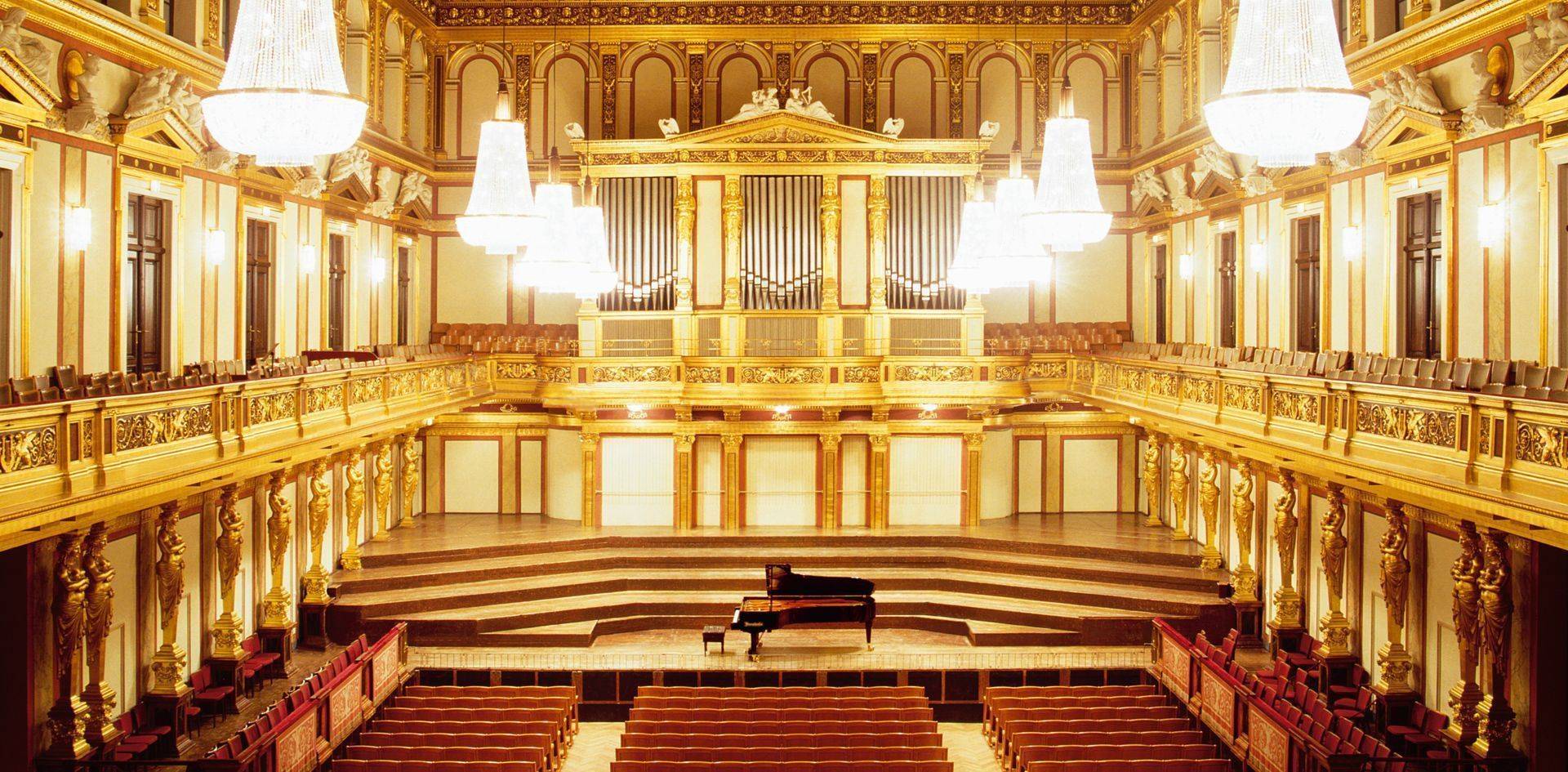
The Magic of a Bösendorfer
Bösendorfer piano manufactory is not only the oldest one within the premium segment but all Grands also share distinct and fundamental features in the way they are crafted. It is safe to say we are obsessed by crafting the ultimate piano sound experience. This difference to other brands results in the unique Bösendorfer DNA, the warm yet brilliantly colourful sound of a Bösendorfer instrument. Whether you play our Grand Uprights, Grand Pianos or Concert Grands, each instrument is crafted with utmost care and dedication by the hands of Bösendorfer Artisans.
CRAFTSMANSHIP
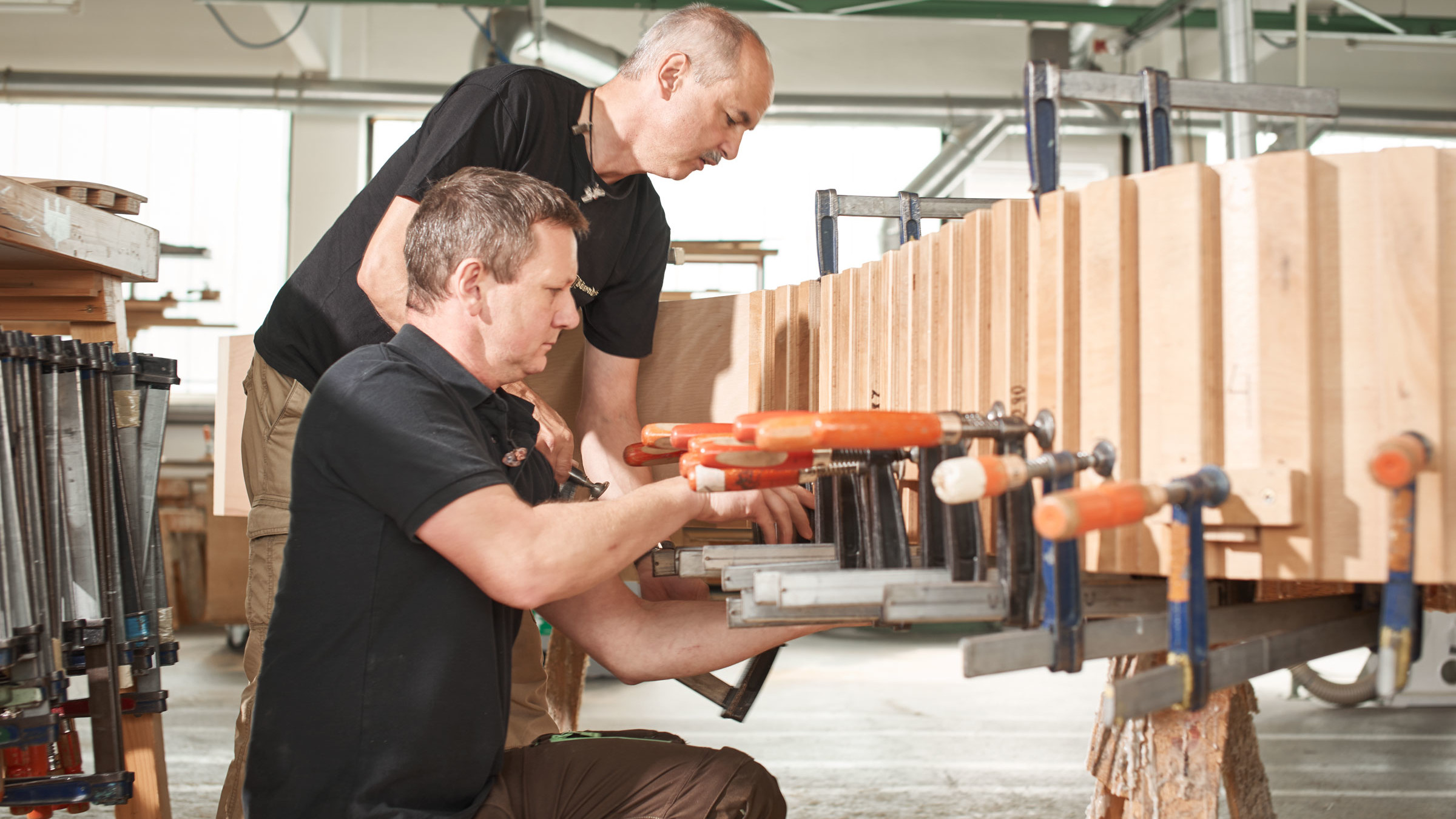
Contrary to all other manufactures Bösendorfer constructs instruments concentrating on the use of spruce. More than 80% of this wood, ideal for instruments, can be found in Bösendorfer pianos. Very similar in principle to a violin the whole body - not exclusively the soundboard - supports sound formation. The actual core of the piano rim consists of a 10 mm quarter-sawn piece that is specially grooved by their craftsmen to allow it to be bent to the silhouette around the inner rim – this is unique to Bösendorfer. When a note is played, the integrated spruce components become acoustically active, forming a complete resonating body that allows the whole instrument to project your play. For outstanding richness of tone colour and our legendary pure and brilliant sound. This complex construction is part of the Viennese tradition of piano making.
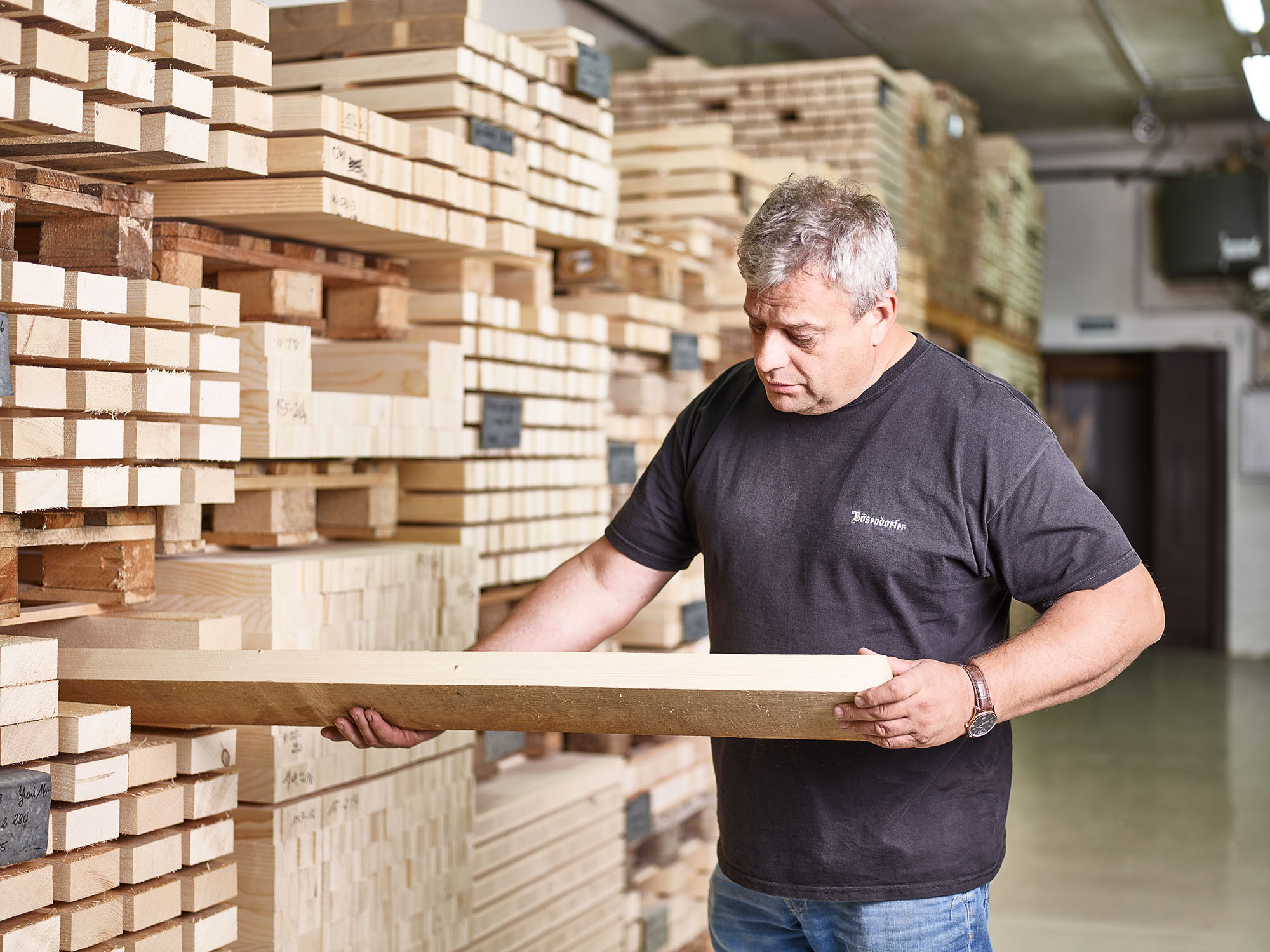
Naturally Wood

The basis of each Bösendorfer Grand is spruce that is naturally dried by air and has proven to be the ideal tone wood. The four seasons, sun, wind and wide temperature differences gently prepare this wood for its final purpose: to resonate. At Bösendorfer use more than 80% of spruce tone wood building the instruments, more than any other manufacturer. The Austrian spruce has to be grown at a minimum of 800 meters above sea level guaranteeing a very dense and regular grain structure. Harvested in winter, when the sap is at its lowest, it is subsequently quarter sawn for parallel grain. When you add the natural drying process to their manufacturing time, it actually takes 6 yearsuntil the Bösendorfer Grand arrives at your doorstep. Precious time, necessary to craft the unique Bösendorfer Sound.
Hand Spun Bass
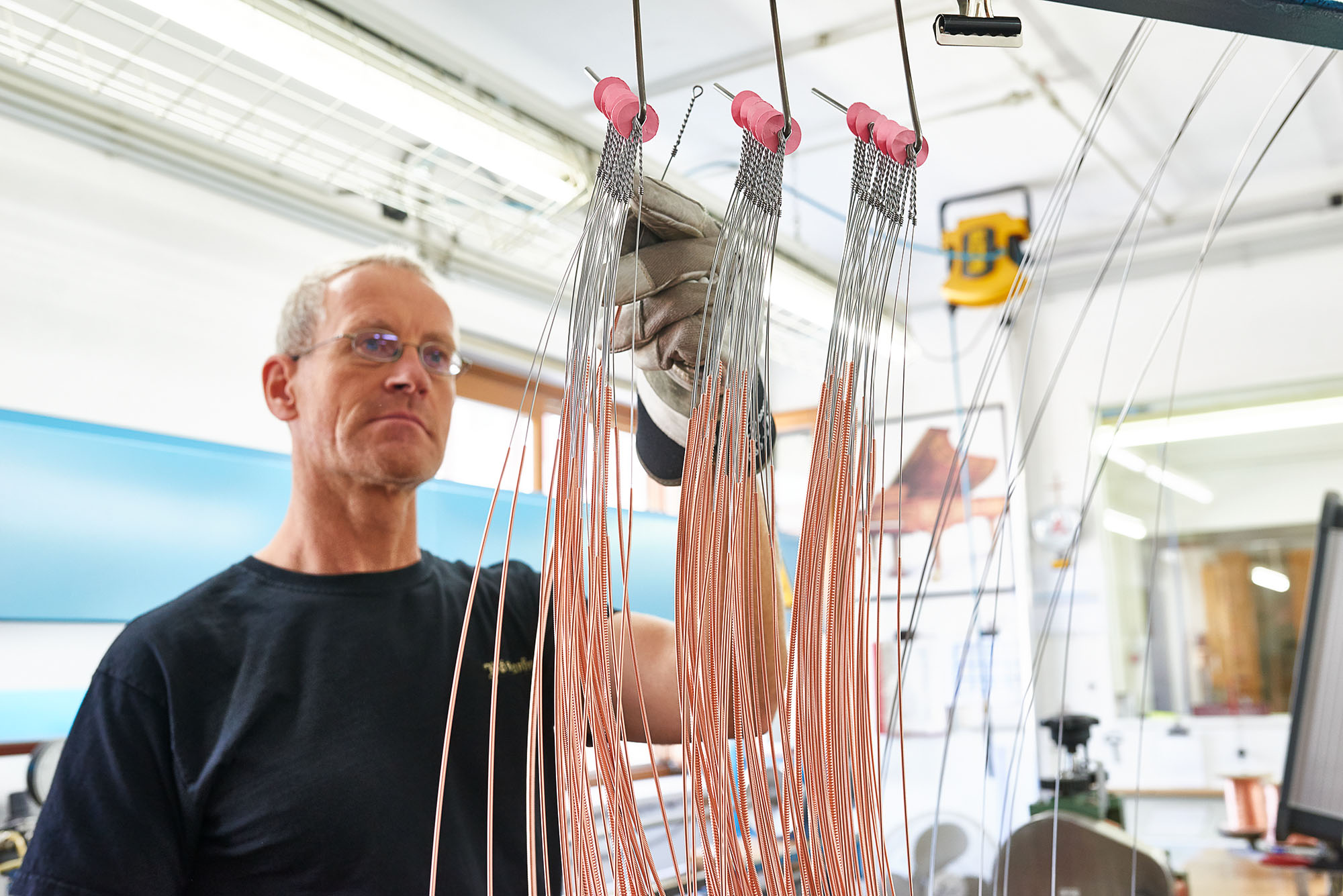
All bass strings are spun in their unique Bösendorfer way. A steel core string is the basis for 1 or 2 layers of copper. The carefully spun strings are a substantial element of the warm and sonorous Bösendorfer bass.

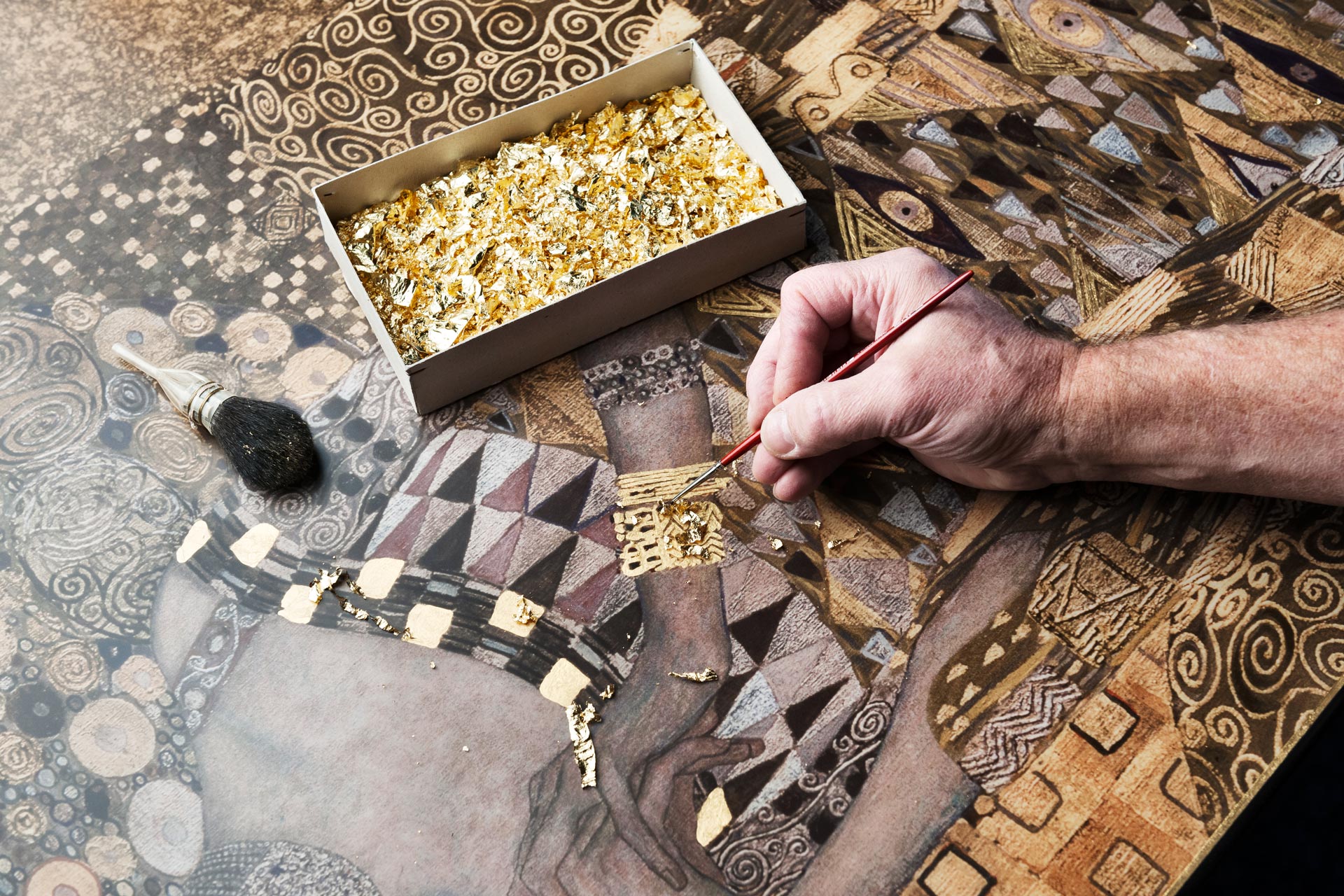
Handcrafted in Austria

Bösendorfer Grands are not just an object of investment but of value that will last more than one generation. Our skilled Bösendorfer Artisans reveal the inner beauty of the Bösendorfer sound, unique in colour, dynamics and expression. Perfected throughout, passed on to inspire, generations. It takes the dedication of Bösendorfer Artisans for up to a year to build the Bösendorfer Grand. A personal touch that you will sense the moment you play. Austrian quality, Viennese soul.
Independent Capo d'Astro
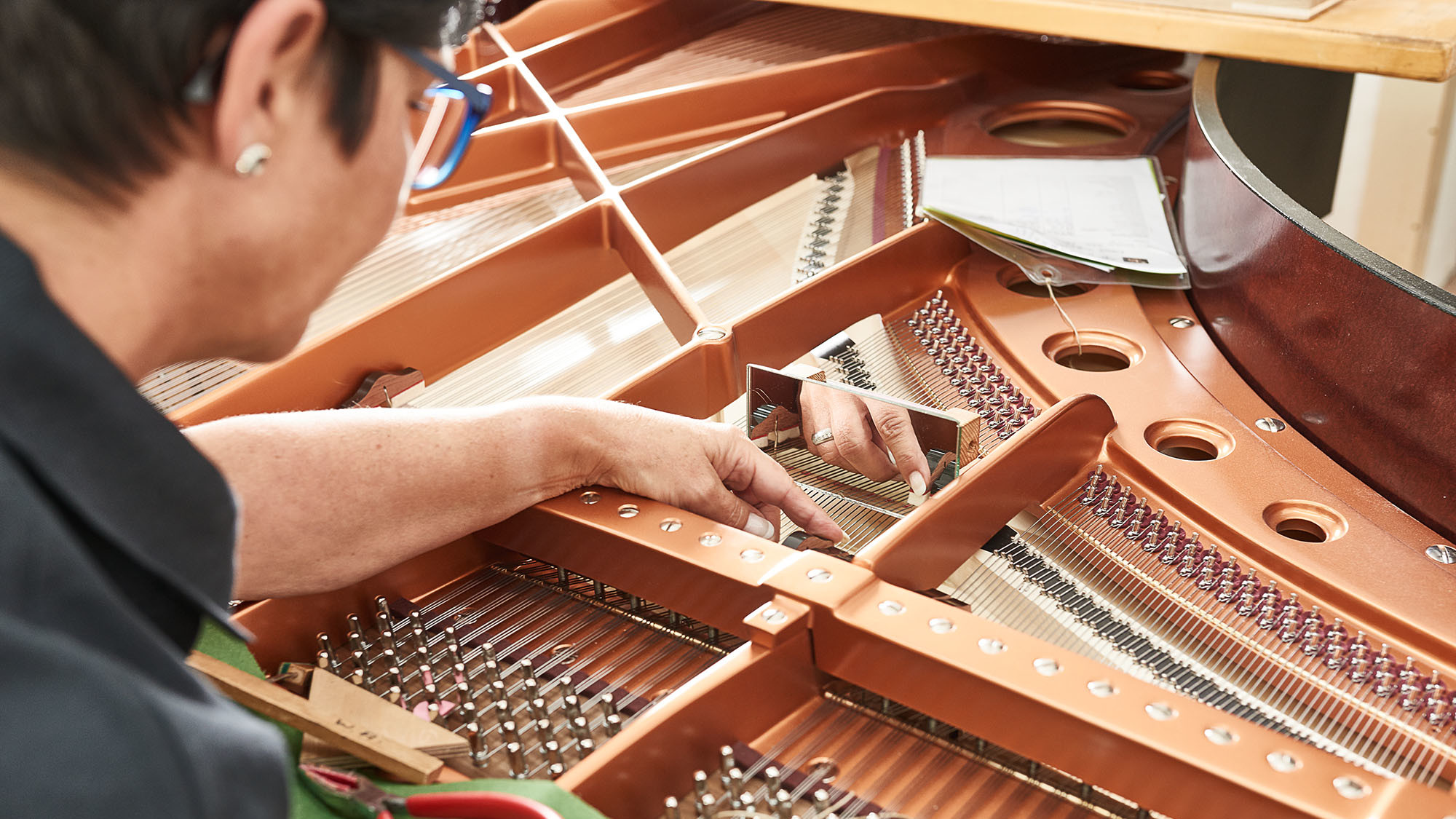
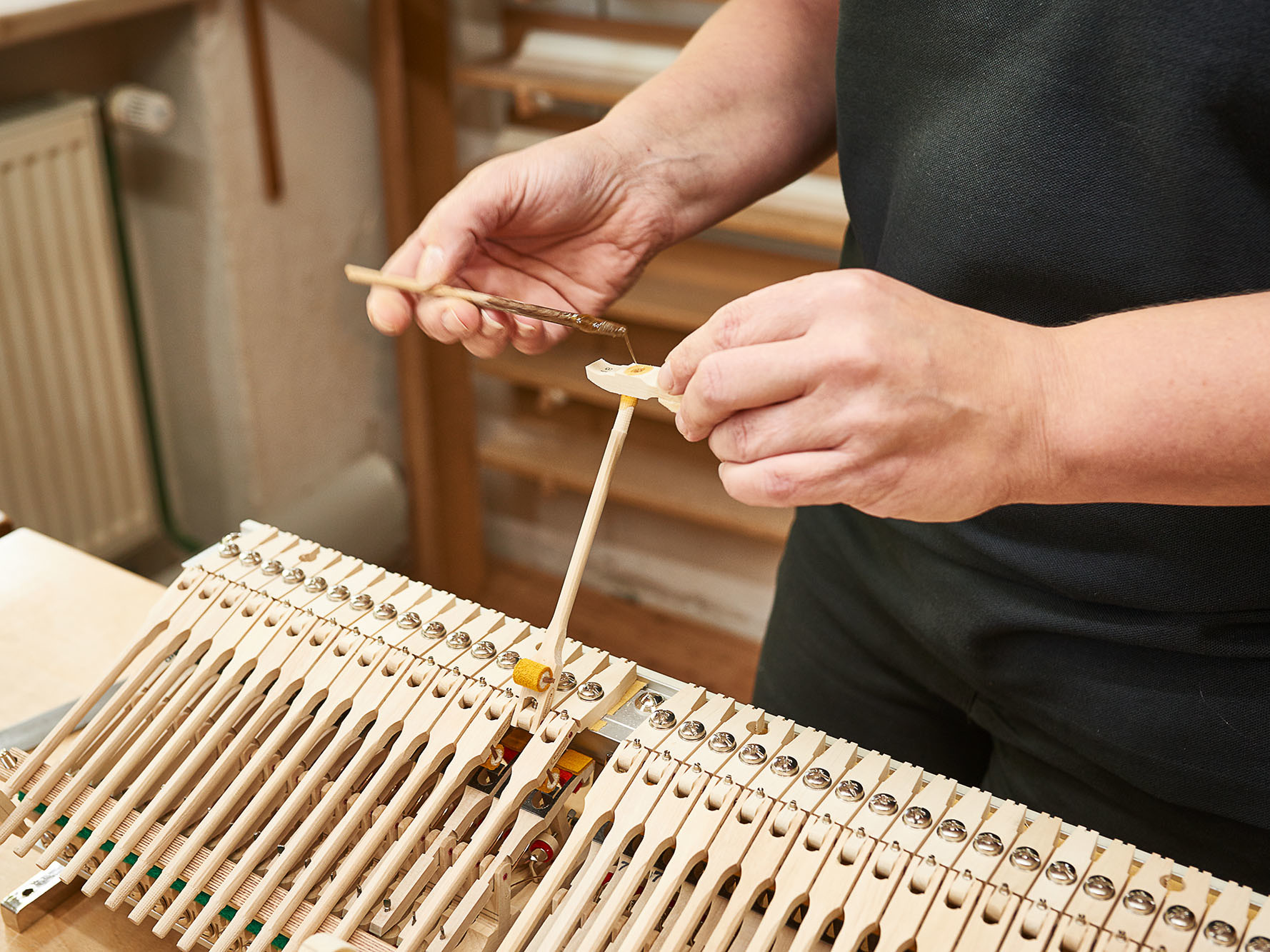
Bösendorfer is the only piano manufacturer that applies a detachable and independent Capo d’Astro in the upper register. This is how we assure most precise adjustment in the upper register guaranteeing the original Bösendorfer Sound for generations: Unique sound for more than one generation.
Traditional Sand Cast
Bösendorfer are using the traditional sand casting to forge their frame. The raw frames, produced in Austria, rest 6 months outside the factory. This is how all inner tensions of the forging process are released allowing the frame to remain relaxed under 20 tons of string tension. Pure stability.
Bösendorfer Action
From delicate pianissimo to splendid fortissimo: A Bösendorfer Grand shows optimal controllability. Developed in cooperation with artists and technicians the action is crafted to them, refined specification. This action is built to transfer the finest articulation of masterful play. Controllability at play.

Your Imagination Built
The exclusive production of close to 300 instruments per year allows to meet your individual requests. Whether you would like to apply precious veneers, your favourite colour or an emblem designed by yourself carefully engraved by master artisans: Anything is possible. Bösendorfer Artisans will prepare a colour sample, before we start production and collaborate with you on your design. An instrument as extraordinary as you are.
BOSENDORFER HISTORY
Father and Son
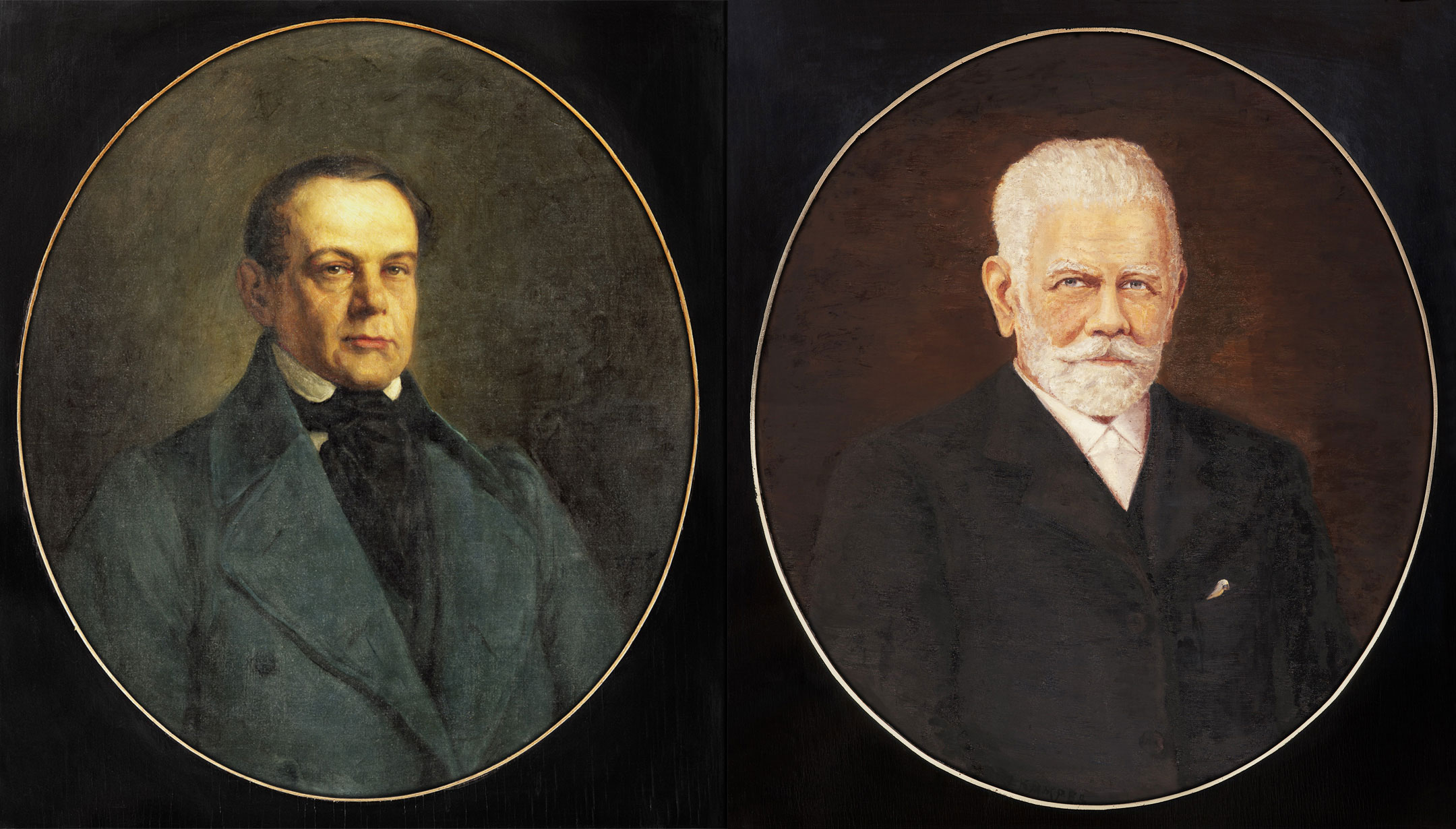
Ignaz Bösendorfer and his son Ludwig Bösendorfer
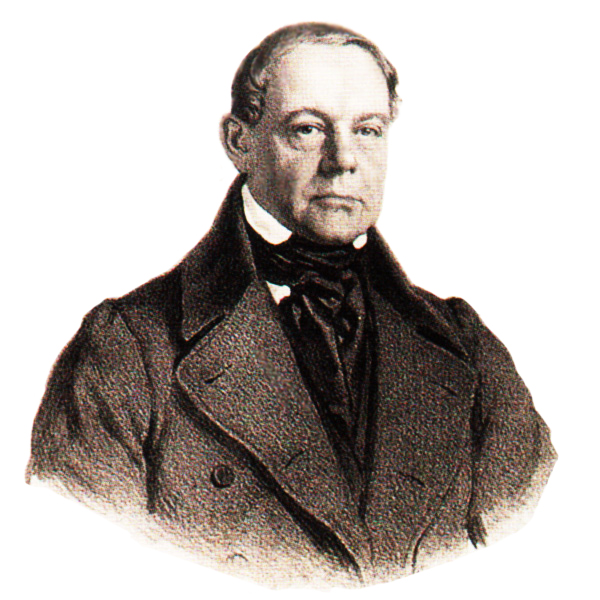
Portrait of Ignaz Bösendorfer, founder of Bösendorfer
Ignaz Bösendorfer ( 1794 - 1859 )
Ignaz is born in 1794 in Vienna as a son of the master carpenter Jakob and his wife Martha Bösendorfer. At the age of 19, he starts his apprenticeship with Joseph Brodmann ( 1763 - 1848 ), one of the most famous piano makers of his time. Young Ignaz seems to be very gifted, and already in 1815, he receives an award by the Viennese Academy of Arts. At the same time in Vienna there are multiple very renowned piano builders like Nanette and Johann Andreas Streicher, Johann Schantz, Anton Walter, Conrad Graf and Michael Schweighofer. Acquiring invaluable knowledge and skill during his apprenticeship Ignaz Bösendorfer takes over the firm from Joseph Brodmann, who retired at the age of 65 in 1828.
25th of July 1828, Vienna
It is in the year of 1828 - the year when Franz Schubert is buried next to Beethoven in Vienna - on the 25th of July, when Ignaz Bösendorfer is officially granted the right to become a member of the prestigious Austrian instrument manufactures guild in Vienna. This turns out to be the official founding date of what later will become Austria’s only remaining prime piano manufacturer, spreading colourfully brilliant piano notes worldwide. Ignaz Bösendorfer invests 500 Gulden at the beginning, an investment in prosperity considering the fact that he leaves his son Ludwig a company worth 145.000 Gulden in 1859 when he dies.
Franz Liszt performs on Bösendorfer
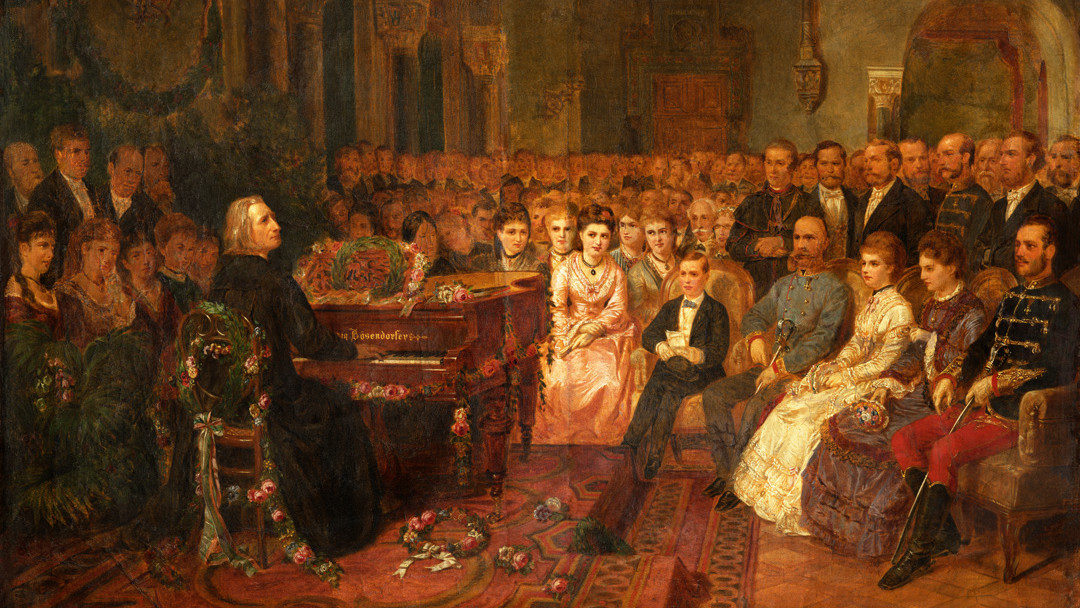
1838, Vienna: It is very well known that not every piano can withstand the passionate, virtuoso play of the young composer and artist Franz Liszt. Recommended by his friends he decides to select a Bösendorfer Grand for his concert in Vienna.Due to the superb crafting and high quality delivered by Bösendorfer Liszt does not have to hold back his artistic spirit - to his surprise. The audience is thrilled. Bösendorfer becomes famous over night and following this concert many more shall follow. A close friendship between Liszt and Bösendorfer develops.
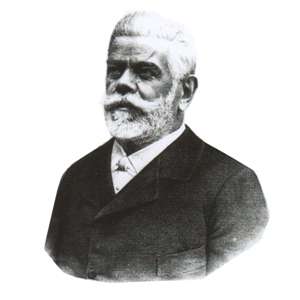
Ludwig Bösendorfer
( 1835 - 1919 )
Born on April 10th1835, Ludwig is not only educated by his father but also
attends the Imperial Polytechnic Institute in Vienna. His acquired know-how Ludwig later on puts to
good use. he receives an award by the Viennese
Academy of Arts. At the same time in Vienna there are multiple very renowned piano builders like
Nanette and Johann Andreas Streicher, Johann Schantz, Anton Walter, Conrad Graf and Michael
Schweighofer. Acquiring invaluable knowledge and skill during his apprenticeship Ignaz
Bösendorfer takes over the firm from Joseph Brodmann, who retired at the age of 65 in 1828.
In 1860, he invents a new action, and in 1862 he receives the first foreign award in London for
his "Patent Grand". In 1867, he participates at the World Exhibition in Paris. The success of
his pianos, also due to their breath-taking design, is that remarkable that Austrian Empress
Elisabeth, "Sissi", orders a Bösendorfer Grand as her personal gift for Empress Eugenie of
France.
This instrument is designed by Theophil Hansen, a famous architect in Vienna,
who built the Musikverein and the Austrian Parliament. The Paris Exhibition increases
Bösendorfer's fame all over the world, and the export destinations include places like
Singapore, Rio, Stockholm and Tokyo.
In 1870, Bösendorfer buys the building at Graf-Starhemberggasse 14 in the Fourth District of
Vienna. The office and the showrooms move into the city centre of Vienna, the Palais
Liechtenstein in the Herrengasse 6. Ludwig is not only an artisan of the Art of the Piano but
also a patron of music and arts. On November 19th, 1872, Hans von Bülow, son-in-law of Liszt,
inaugurates the Bösendorfer Hall at Palais Liechtenstein, after Ludwig recognised the remarkable
acoustic sound qualities of the former riding stable. During the next 40 years joyful and
artistically remarkable piano and chamber music concerts and recitals are held there. Initially
organised by Ludwig, around 4.000 concerts take place in the Bösendorfer Hallcounting artists
such as: Wilhelm Backhaus, Ferruccio Busoni, Eugen d'Albertpremiering in Vienna 1886, Wilhelm
Kienzl, Fritz Kreisler, Theodor Leschetizky, Franz Liszt, Gustav Mahler,Sophie Menter,Ignaz
Paderewski (frequently seen on stage of the Bösendorfer Hall), Max Reger,Anton Rubinstein, Pablo
Sarasate, Emil von Sauer, Artur Schnabel, Richard Strauss, Ernst von DohnanyiandHugo Wolf. The
Bösendorfer Hall turns out to be a catalyser and focal point of music and art. Bösendorfer not
only supports these concerts by delivering pianos but actively fosters developments in music and
art.

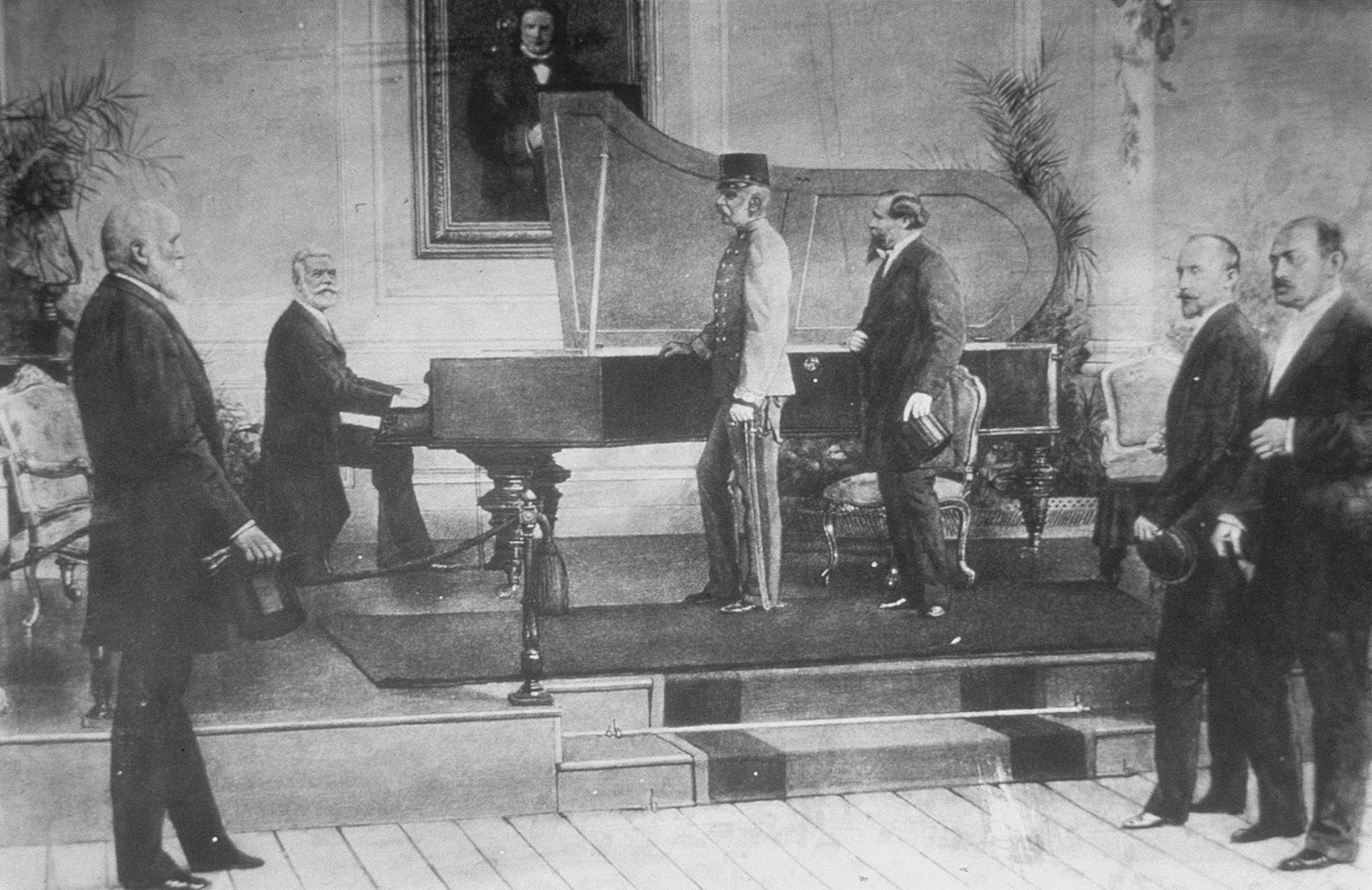
Ludwig Bösendorfer presents his Bösendorfer Grand to the Austrian Monarch Emperor Kaiser Franz Joseph I.
In 1833, production increases to 288 pianos per annum and Bösendorfer
Grands attract attention not only of the nobility, emperors and the European elite (Empress
Elisabeth, Pauline Metternich, Archduchesses Stephanie and Valerie, Katharina Schratt, Archduke
Eugen, the Russian Tsar Nikolaus II and the Japanese Tenno) but artists as well.
Johannes Brahmsalways asks for Bösendorfer pianos during his summer performances, Johann Strauss
buys a Bösendorfer Grand for his apartment in Vienna in Praterstraße and Gustav Mahler is
supported by Bösendorfer during his student years in Vienna.
Always curious about implementing the best possible technical advances of his time, Ludwig
elaborates with his technical director Franz Berger on the Viennese action and patents various
inventions. Around 1900 the Italian composer Ferruccio Busoniis transcribing the famous organ
works of J.S. Bach and requests a particular instrument to be built. Ludwig accepting the
challenge designs and crafts the first Bösendorfer Concert Grand 290, which later shall become
known as the Imperial. The tonal range of 8 full octaves allow for the additional needed bass
and a particularly orchestral sound experience. By innovating and steadily developing Ludwig
Bösendorfer succeeds in capturing the association of creative engineering and quality to his
brand name, his family name - a brand that is set to become the synonym for perfection in
detail.
Always curious about implementing the best possible technical advances of his time, Ludwig elaborates with his technical director Franz Berger on the Viennese action and patents various inventions. Around 1900 the Italian composer Ferruccio Busoniis transcribing the famous organ works of J.S. Bach and requests a particular instrument to be built. Ludwig accepting the challenge designs and crafts the first Bösendorfer Concert Grand 290, which later shall become known as the Imperial. The tonal range of 8 full octaves allow for the additional needed bass and a particularly orchestral sound experience. By innovating and steadily developing Ludwig Bösendorfer succeeds in capturing the association of creative engineering and quality to his brand name, his family name - a brand that is set to become the synonym for perfection in detail.
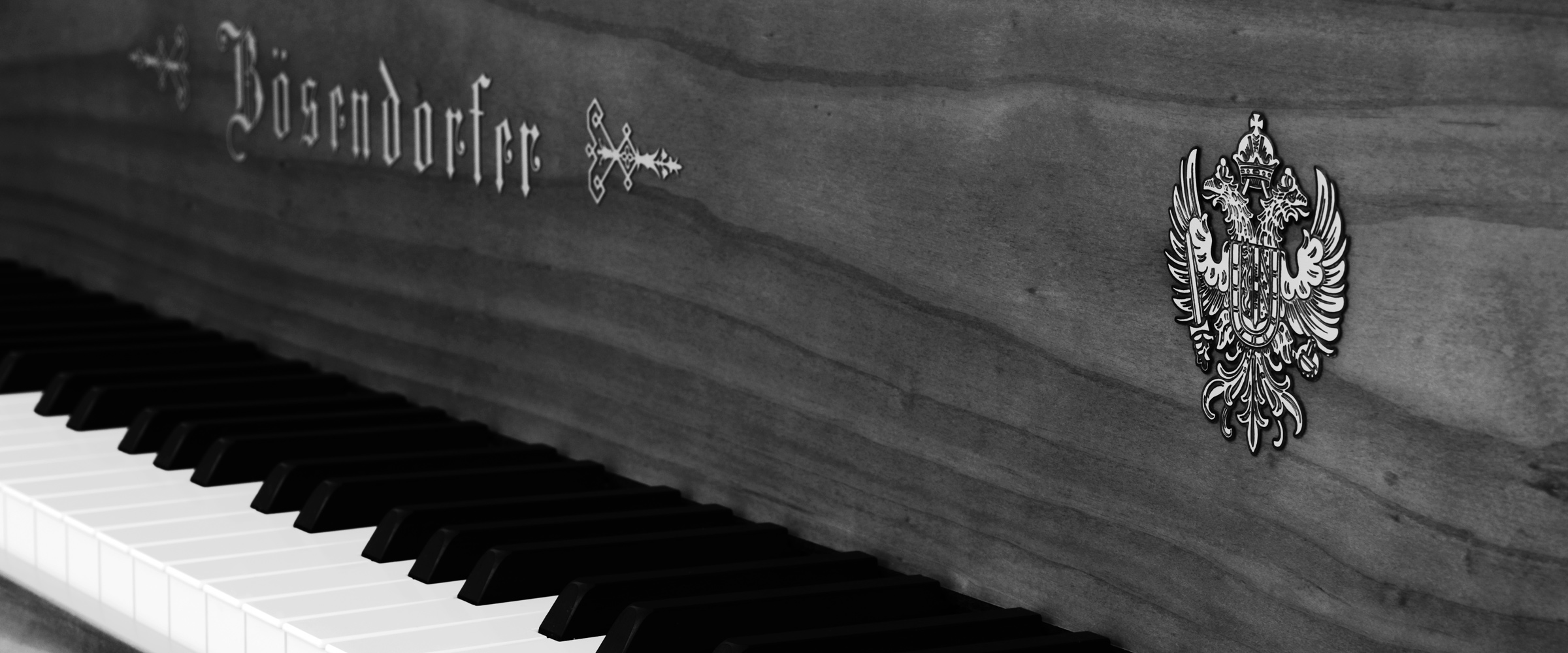
Yamaha & Bösendorfer ( 2008 - now )
In 2008, the Japanese enterprise Yamaha acquires Bösendorfer. Conscious and cautious about the precious heritage Bösendorfer is carrying, the Austrian manufactory remains fully independent and continues to be operated as a separate Austrian company. Successfully restructured and fortunate to further develop distribution with a partner who is experienced and sophisticated within the music industry Bösendorfer gains new strength. Bösendorfer works closely together with Yamaha when it comes down to selling and distributing instruments, however, all Bösendorfer Grands are manufactured in Wiener Neustadt, exclusively. Bösendorfer focuses on the premium manufacturing of close to 300 instruments per year, which are handcrafted close to Vienna, from where it all started.
BOSENDORFER ARTIST

Sir Andras Schiff

Tori Amos

Nareh Arghamanyan

Beatrice Berrut

Paul Badura-Skoda

Raymond Young



